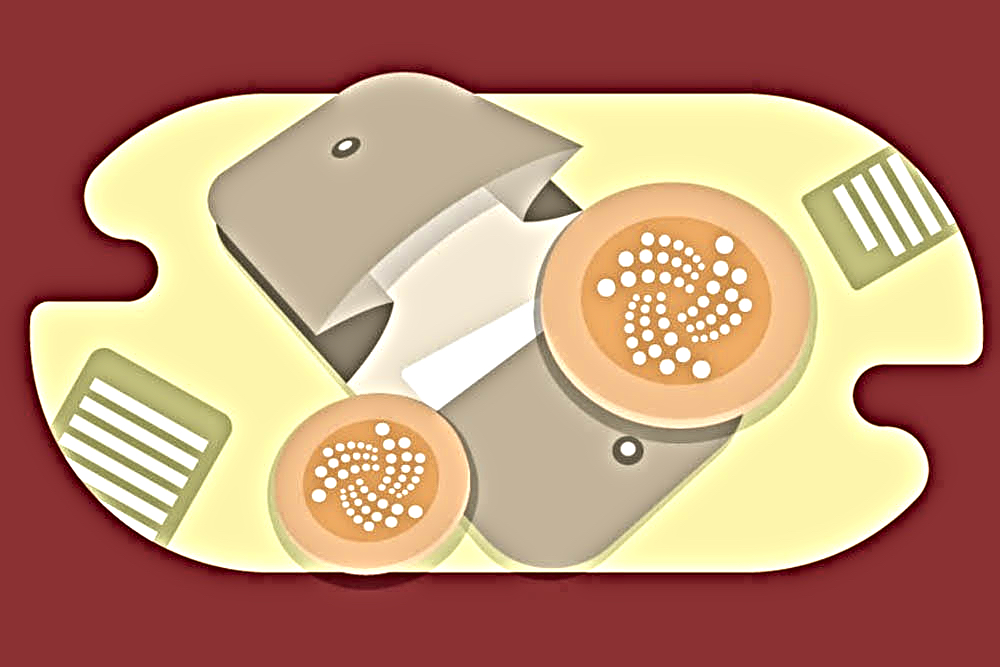

We envisage a launch in Spring 2017 after the annual update exercise although we will try to make it sooner. He explained that the initial technical design papers have been written and that implementation work will start shortly. On Sunday morning at the RSGB Convention, Johan, PA3EXX, our IOTA IT Project Leader, gave a progress report on the project. The decision now to embark on the paperless QSLing project, a significant project with many challenges, provided the necessary stimulus for bringing in the change and for making it in a timely way.

Increasingly, serious IOTA-watchers saw that the programme needed to be allowed to spread its wings, particularly to have control of its finances and to draw on the pool of overseas helpers in its management.
#Future of iota driver#
Why the change? IOTA has risen from a niche programme to one that is mainstream and second only to DXCC as the international driver of activity on our bands. I have to thank the RSGB Board for acknowledging that the future sustainability of IOTA is of paramount importance to thousands of amateurs worldwide and that this must be the overriding consideration. This new body will take the form, we hope, of a Foundation Charitable Incorporated Organisation, with the name Islands on the Air Foundation (IOTAF). “I am delighted with the news announced by the RSGB about the future of IOTA – that, following the initial statement of intent last year, terms of agreement have been fleshed out for the programme to be run by a new body in partnership with the RSGB. He is Senior Member of the IEEE and ACM.2.

He was Program Chair for TRUST 2015, ICISS 2016, WiSec 2017, ACNS 2020, and General Chair for SecureComm 2012 and ACM SACMAT 2013. He is Area Editor-in-Chief for IEEE Communications Surveys & Tutorials, and Associate Editor for several journals, including IEEE Communications Surveys & Tutorials, IEEE Transactions on Information Forensics and Security, IEEE Transactions on Dependable and Secure Computing, and IEEE Transactions on Network and Service Management. In this area, he published more than 350 papers in topmost international peer-reviewed journals and conference. His main research interest is in the area of Security and Privacy. His research is also funded by companies, including Cisco, Intel, and Huawei. He has been awarded with a Marie Curie Fellowship (2012) by the European Commission, and with a Fellowship by the German DAAD (2013). He has been Visiting Researcher at GMU, UCLA, UCI, TU Darmstadt, UF, and FIU.
#Future of iota full#
In 2011 he joined as Assistant Professor the University of Padua, where he became Associate Professor in 2015, and Full Professor in 2018. After his Ph.D., he was a Post-Doc Researcher at Vrije Universiteit Amsterdam, The Netherlands. from Sapienza University of Rome, Italy, in 2009. He is also affiliated with TU Delft and University of Washington, Seattle. Mauro Conti is Full Professor at the University of Padua, Italy. In summary, this survey is first in the field for (i) understanding the basic functionalities of the IOTA, (ii) listing the security solutions provided in the literature against the reported and unreported attacks, and (iii) presenting open research questions (RQ) for directing the future investigations on IOTA. The vulnerabilities are discussed on both the original IOTA and its upcoming Coordicide version. Our survey outlines security vulnerabilities on IOTA and their mitigation strategies and explores several important open directions to be researched further. To spur developers and researchers’ interest and summarize the security status in IOTA, we have drawn the current review. Therefore, the present survey’s motivation is a detailed security analysis of the IOTA. Nevertheless, each new evolutionary update adds complexity and may introduce security threats. It requires additional modules, such as auto-peering and a reputation system, to fully exploit Tangle’s scalability and complete decentralization potential. The original IOTA is evolving into a Coordinator-less environment, the Coordicide. Unlike blockchain, the Tangle uses a Directed Acyclic Graph (DAG) structure, and its design does not cover essential blockchain pitfalls, including expensive Proof of Work (PoW), limited throughput, high transaction costs, and significant confirmation delays. As a mathematical model for enabling this DLT backbone, IOTA’s Tangle is gaining popularity due to its scalability and freedom from transaction fees. All these can be achieved by a Distributed Ledger Technology (DLT) backbone. Wide-scale adoption of the Internet of Everything requires decentralized security, responsibility, and trust among the stakeholders.


 0 kommentar(er)
0 kommentar(er)
